Laser engravers have revolutionized the engraving and cutting industry with their automatic and time-saving processes. These machines provide standardized products that are both efficient and accurate compared to manual processes. However, the accuracy of the laser engraving machine is crucial to achieving a high-quality finish, and the final effects can be affected by several factors. It is important to be aware of these factors to achieve the best outcome possible.
In this blog, we will explore the difference between laser engraving and laser cutting, as well as the distinction between accuracy and precision in laser cutting. Furthermore, we will talk about the various factors that can affect the accuracy of a laser engraver and provide tips on how to improve it for optimal results. Whether you are a professional player or a hobbyist, understanding these factors is crucial for achieving the best possible optimal outcomes.
Laser Cutting Accuracy and Precision
Before delving deeper into the subject, it is important for laser operators to recognize the distinction between two easily confusing concepts in laser cutting: accuracy and precision.
Accuracy and precision are two distinct concepts that are often interchanged. Accuracy refers to the degree to which a laser engraver is able to achieve the desired results as the design on the operating software. In other words, an accurate laser engraver is one that can slice through the workpiece with utmost accuracy, creating a finished product that looks exactly like the design on the software.
On the other hand, precision refers to the consistency and repeatability of the laser engraver. In other words, a machine with high precision is one that can cut through the workpiece in the same exact way each time, regardless of whether the final product matches the original design or not. Precision is essential when it comes to batch production, as it ensures that each item is identical to the others.
In other words, accuracy is about correctness, while precision is about consistency.
(The visualization of the difference between accuracy and precision using a bullseye target. Source: Cricut)
In the bullseye target example above, accuracy refers to how close each hit is to the center of the target. Precision, on the other hand, refers to how close each hit is to every other hit, regardless of where they are on the target.
When it comes to laser engravers, it's important to note that while accuracy and precision are related, they are not synonymous. A laser engraver may produce a final result that is highly accurate but lacks precision, meaning that the resulting shape closely resembles the design on the software but varies each time. Or it can be highly precise but lacks accuracy, resulting in a consistent pattern or shape each time that differs from the original design.
For example, you have a product image that you want to cut in your software and you consider to be 100% accurate. An accurate but not very precise laser engraver may produce three products with accuracies of 95%, 92%, and 90%, respectively. Although each product is close to 100% accuracy, they differ from each other..
On the other hand, a precise but not very accurate laser engraver may produce three products with accuracies of 40%, 40%, and 40%, respectively. Although each product is the same as the others, they are not close to the target 100% accuracy.
While both accuracy and precision play crucial roles in laser operations, it is necessary to consider accuracy first rather than precision, as ensuring accuracy is crucial to achieving the desired results before any mass production.
Factors that affect accuracy
There are several factors that can affect the accuracy of a laser engraver, and being aware of these variables is crucial to achieving optimal outcomes. These factors can broadly be categorized into two types: material-related factors and machine-related/laser-related factors. We will elaborate as below.
(1) Material quality
It is important to note that material quality is a critical factor in determining the success of a laser project.
To begin with, it is important to select the appropriate type of laser based on the material being cut. This is because the laser beam interacts differently with various types of materials.
For example, wood has a high absorption rate of the wavelength around 10600nm or 450nm-950nm, which requires CO2 gas medium laser and diode laser for cutting.
On the other hand, a 1060nm wavelength solid-state laser is ideal for cutting metals due to its high absorption rate. Failing to choose the right type of laser for the corresponding material may result in an ineffective engraving or cutting process.
| Material | Suitable wavelength | Gain medium (example) |
|
Wood |
10600nm or 450nm-950nm |
Gas laser (CO2) or Diode laser |
|
Metal |
1060nm |
Solid-state laser (Infrared & Fiber) |
Secondly, even when using the same material, the physical and chemical properties can impact how it responds to the laser.
For example, alder and cherry are two varieties of timber popular for laser cutting and engraving. However, cherry's greater resin count and hardness requires higher cutting power compared to the softwood alder, which has lower resin content. Selecting an inappropriate power in this case could result in reduced accuracy, material damage, or even pose a safety hazard due to the risk of fire.
Also, the higher the carbon content in metal, the more difficult it is to cut with a laser. For example, mild steel has a carbon content of approximately 0.05-0.5%, which makes it easier to cut with a laser. Conversely, high carbon steel contains a carbon content of about 0.6-1.4%, which makes it hard and strong, and difficult to cut with a laser.
Any material that is too dense or hard, the laser beam may not be able to penetrate through it completely, resulting in a shallow or incomplete cut.
Similarly, high thermal conductivity or reflectivity can cause energy loss, resulting in a slow and uneven cut.
Finally, material with a dirty, rusty, or oily surface and with uneven texture may reduce the effectiveness of the laser beam, leading to imprecise and inaccurate cuts. Therefore, it is recommended to thoroughly clean the surface and prepare a uniformly textured material before initiating the cutting process.
(2) Aligned mirrors inside laser engravers
The alignment of mirrors inside laser engravers is another factor that most users tend to ignore and also affects cutting results. A laser machine operates by generating laser beams from a laser tube and reflecting it onto several mirrors throughout the machine before its final mirror that beams down from the laser head. These mirrors are critical components of the laser system, as they are responsible for directing the laser beam accurately and precisely onto the material being cut or engraved.
(Mechanism of the laser generation by mirrors. Source: Omtech )
If the mirrors are not properly aligned, the laser beam may be obstructed or deflected, resulting in uneven or inaccurate cutting shapes asynchronous with the image in your software. Misaligned mirrors may also cause the laser beam to lose energy, resulting in slower or weaker cutting performance. Therefore, it is important to regularly check and adjust the alignment of the mirrors inside a laser engraver to ensure optimal cutting performance.
Proper alignment of the mirrors can be achieved through a process called beam alignment, which involves adjusting the position of each mirror until the laser beam is directed precisely onto the material being cut or engraved. This process can be done manually or with the use of specialized software and equipment.
However, alignment of the mirrors can be difficult and improper operations would even cause a safety hazard for a hobbyist. Therefore, we do not recommend untrained users to adjust by themselves.
In order to improve accuracy, LaserPecker LP3 and LP4 provide galvanometer technology that helps to stabilize mirrors inside the laser engravers.
(LP4 galvanometer LaserPecker 4: Dual-Laser Engraver for Almost All Material by LaserPecker — Kickstarter)
A galvanometer technology is an electromechanical instrument that deflects a light beam by using mirrors, meaning that it has sensed an electric current. Galvanometer technology is commonly used in laser cutting to move the laser beam in different directions by rotating and adjusting mirror angles with high accuracy and speed within the boundaries of a work area.
Galvanometer technology can affect the laser cutting accuracy by reducing the mechanical errors and vibrations that conventional lasers may have due to their pulleys, bearings, belts and other mechanical elements, and galvanometer systems do not need to move the laser head along an X and Y axis. Instead, they use two accurate mirror galvanometers to direct the beam at any angle. This allows for faster and smoother engraving or cutting. Additionally, galvanometer systems do not require periodic maintenance like conventional lasers do, making them more efficient in the long run.
(3) Size of Laser Spot
Obviously, the size of the laser spot plays an important role in laser cutting accuracy. The spot size is determined by the length of the laser's focal lens. As the laser beam passes through the focal lens, it becomes concentrated and forms the spot. A shorter focal length lens creates a more focused beam with a smaller spot size. This means that laser beams with small spots can achieve greater accuracy than those with larger ones.
Think of the laser beam spot size like a paintbrush tip. The smaller the paintbrush tip, the more intricate the design you can create on a canvas. Similarly, a laser beam with a smaller spot size can more easily cut out patterns with complex designs and fine details. However, it's worth noting that using a smaller spot size can also increase the cutting time, as the laser needs to make more passes to cut through the material.
(LaserPecker LP4 could provide you with a 0.003mm spot size and can accurately cut 5mm thick wood boards in one pass. LaserPecker 4: Dual-Laser Engraver for Almost All Material by LaserPecker — Kickstarter)
On the other hand, larger spot sizes can be more suitable for cutting through thicker materials or for faster cutting speeds, but at the cost of accuracy. Therefore, choosing the appropriate spot size for a particular cutting application is crucial in achieving the desired cutting results.
(4) Settings of the laser
Specifically, to ensure your laser cutting accuracy, you should pay close attention to the power and speed of your laser. The power and speed determine the energy and time that the laser beam delivers to the material. Improper adjustments to these settings can result in an incomplete pattern or cuts that aren't deep enough, or even damage to the workpiece.
Setting the cutting speed too high and the power too low may result in incomplete or shallow cuts due to insufficient energy being delivered to the material.
On the other hand, a slow cutting speed and high power may generate excessive heat, potentially damaging the workpiece and reducing processing accuracy.
Therefore, it is crucial to adjust the power and speed according to the thickness and type of material being cut. It is recommended to test the laser cut settings on a small piece of material before proceeding with the actual cutting to ensure accuracy and avoid mistakes.
For example, LaserPecker LX1 offers a range of interchangeable modules that enable you to choose the most suitable laser for your cutting needs. These modules include a 20W 450nm blue laser, a 10W 450nm blue laser, and a 2W 1064nm infrared laser, capable of cutting 15mm solid wood or 10mm black acrylic. With these interchangeable modules, you have the flexibility to adjust your laser cutting power and choose the right laser for your specific needs.
(Preorder-LaserPecker LX1 – laserpecker.net)
(5) A stable cutting plate
A stable cutting plate is also an important factor in achieving accurate laser cutting results. The cutting plate must be strong enough to support the weight of the material being cut. The surface of the cutting plate must also be level and flat to ensure that the laser beam remains consistent throughout the cutting process.
If the cutting plate is not stable and flat, it may cause vibrations and movements during the cutting process, which can affect the accuracy of the cut. Uneven surfaces can cause the laser beam to deviate from the desired path, resulting in a jagged or uneven cut. Or even fire hazard would occur due to the close distance from laser to surface in some cases.
To ensure a stable cutting plate, it is important to choose a cutting plate that is specifically designed for laser cutting. These cutting plates are typically made of heavy-duty materials and have anti-vibration features that help reduce any movement during the cutting process.
LaserPecker LP4 and LX1 are equipped with strong and stable cutting plates to ensure both safety and accuracy during cutting. Furthermore, their tilt protection system can detect any tilt angle over 15°, and it will automatically shut down the system to prevent any alteration.
(LX1 cutting plate Preorder-LX1 Engraving Bed & Cutting Plate – laserpecker.net )
Conclusion
In conclusion, the quality of the laser cutting is highly dependent on several factors, including material quality, mirror alignment inside the laser machine, size of laser spot, and a stable cutting plate.
It is essential to understand these factors and how they affect the cutting results to achieve the desired outcome. By taking the time to properly prepare the materials and work environment, users can ensure greater accuracy in their laser cutting projects.




















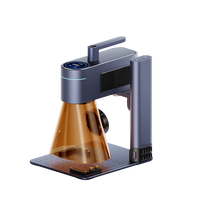
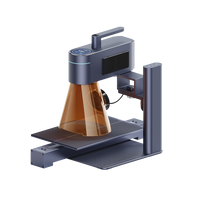
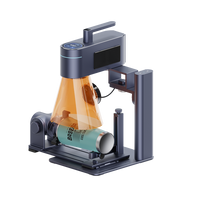
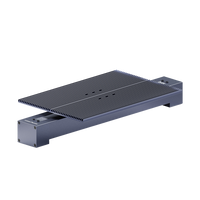
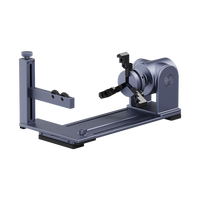
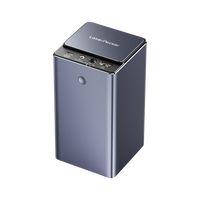
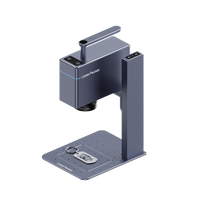
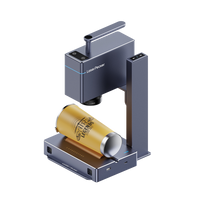
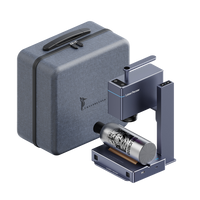
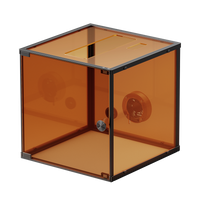
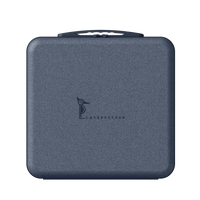
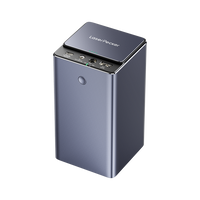
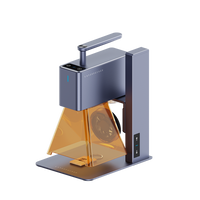
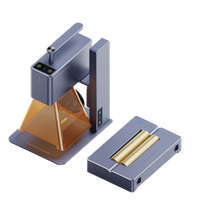
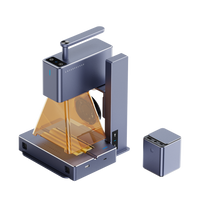
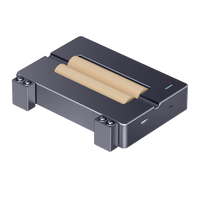
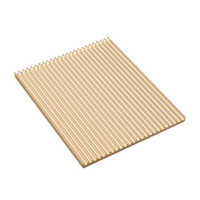
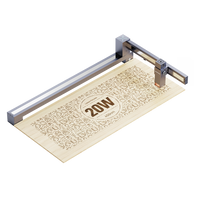
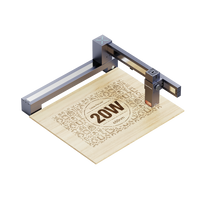
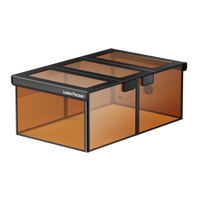
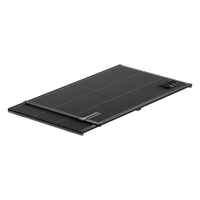
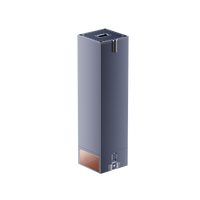
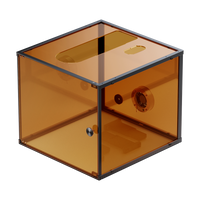
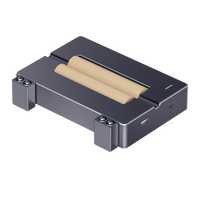
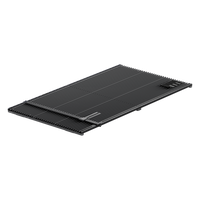
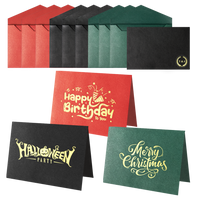
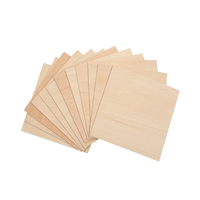

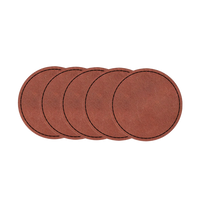















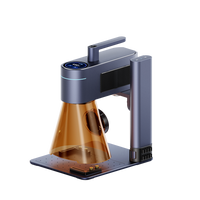
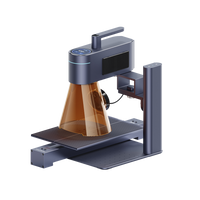
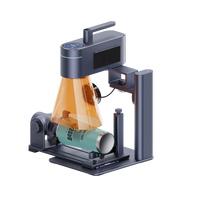
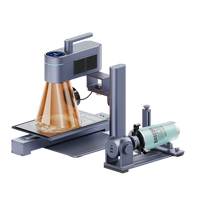
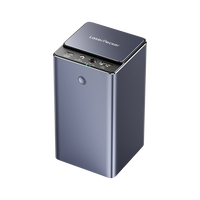
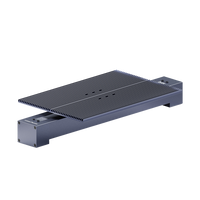
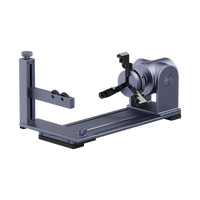
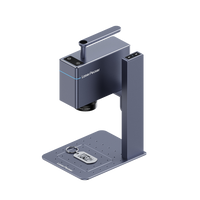
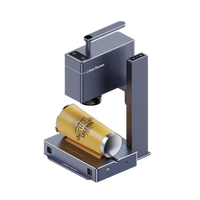
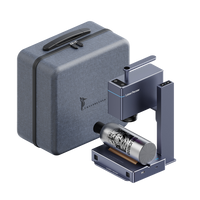
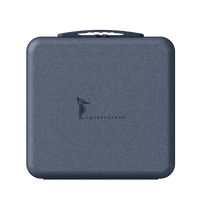
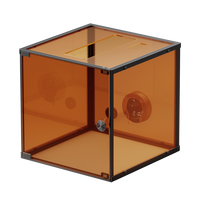
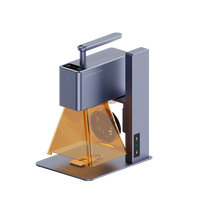
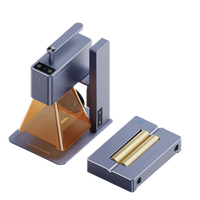
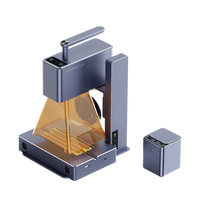
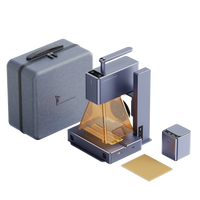
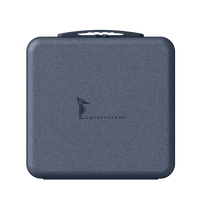
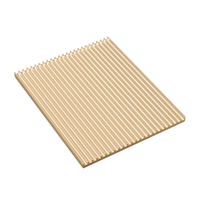
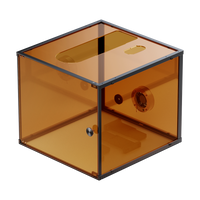


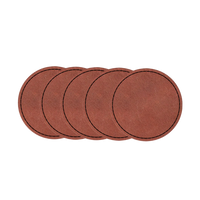












1 comment
Steve grayson comment.created_at: comment.updated_at:
Good afternoon. My name is steve grayson of Global News.
I would like to buy and review your product, can you cut thin aluminium?